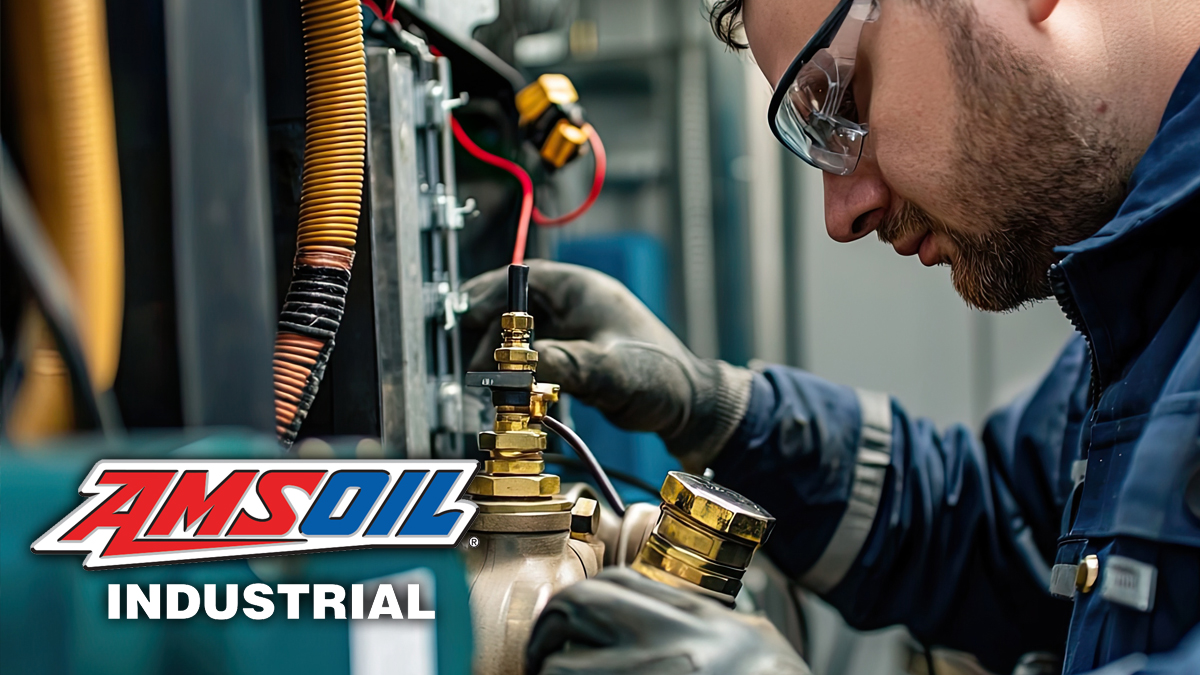The fundamental impact a lubrication management program has on the overall effectiveness of operations and maintenance programs is often overlooked. From performance improvements to enhanced profitability, there are many reasons why operations and maintenance managers switch lubricant suppliers.
1. Oil or Supplier Performance
Operations and maintenance managers may compare the specifications of their current products to similar products from other brands to determine if better performing products are available. Even if the current lubricants are working well, they may be experiencing challenges with availability or a lack of support from their supplier and be seeking an easy like-for-like product change.
If the equipment or installed lubricants are not functioning optimally, further evaluation is required to identify and implement solutions that improve performance. If the preexisting oil was incorrectly recommended, a simple like-for-like product change will not improve performance and will result in additional frustration.
AMSOIL Industrial Application Engineers inquire about problems the operator has experienced with a focus on identifying troublesome equipment. They perform a thorough evaluation of each application and provide solutions based on equipment manufacturer recommendations and the operating environment, rather than simply recommending similar products.
2. Equipment Failures
Unscheduled downtime can be the difference between profitability and bankruptcy. Every minute production is offline equals lost revenue and employee productivity. Downtime delays deliverables and damages customer trust and loyalty, leading to lower sales revenue and fewer business opportunities. Additional costs may include exorbitant fines for regulatory non-compliance, canceled orders, increased customer support and penalties or refunds for not meeting service-level agreements (SLAs). These costs grow exponentially the longer equipment remains down.
Research indicates that most manufacturers experience approximately 300 hours of downtime every year. That averages 25 hours of downtime a month, with total lost revenue costs to each company averaging more than $200 million a year. To reduce downtime costs and increase profitability, operations and maintenance managers must implement predictive maintenance strategies and proactively address the root cause of outages.
AMSOIL Industrial Application Engineers take a holistic approach to operations excellence, including developing custom lubrication management programs. They focus on understanding each customer’s unique circumstances to ensure that recommended solutions will resolve immediate problems and improve long-term operational uptime. Our team starts by evaluating each machine’s maintenance history to identify specific component failures. They verify equipment manufacturer specifications and use oil analysis to identify the correct lubricants are being used and if there is any contamination. They also examine common operating environment challenges, including dust, moisture and extreme temperatures.
For example, one company was having frequent worm drive gearbox failures and switching to a product with similar specifications did not resolve the problem. AMSOIL Industrial Application Engineers identified that the gearbox manufacturer specifies polyglycol gear oil for use in its gearboxes. The installed mineral gear oil had been incorrectly recommended by the previous supplier and was causing failures.

3. Cost Reduction
“60% of lubrication professionals do not use KPIs to measure their lubrication program.”
– MachineryLubrication.com
Perhaps your leadership team introduces key performance indicators (KPI) that include cost breakdowns by product. They perform a cost benefit analysis and believe they can increase return on investment (ROI) by purchasing cheaper lubricants.
Fortunately, lubricants are typically less than 3% of an operations and maintenance budget, so their price often has minimal effect on organizational cost-reduction efforts. However, increasing equipment reliability, uptime and service life are significantly better targets for improving overall financial performance. Improving profitability often requires an evaluation of the maintenance culture along with the equipment and lubricants.
Implementing predictive maintenance supported by a lubrication management program is a commitment that pays long-term dividends. AMSOIL Industrial Application Engineers work with your team to identify initiatives throughout your entire operation that will improve profitability by way of increased system reliability.
Getting Started
Understanding your operational goals helps us recommend the best predictive maintenance solutions for your specific applications. To improve your equipment performance, extend service life, reduce downtime and stabilize your operating budget, consult an AMSOIL Industrial Application Engineer today.

